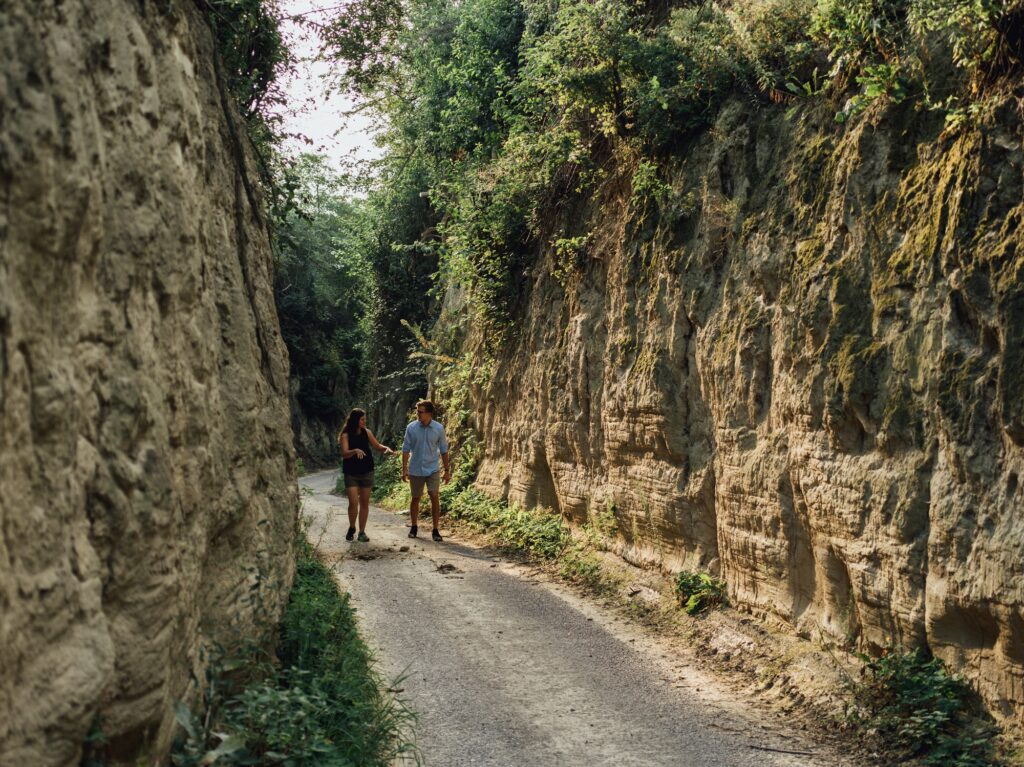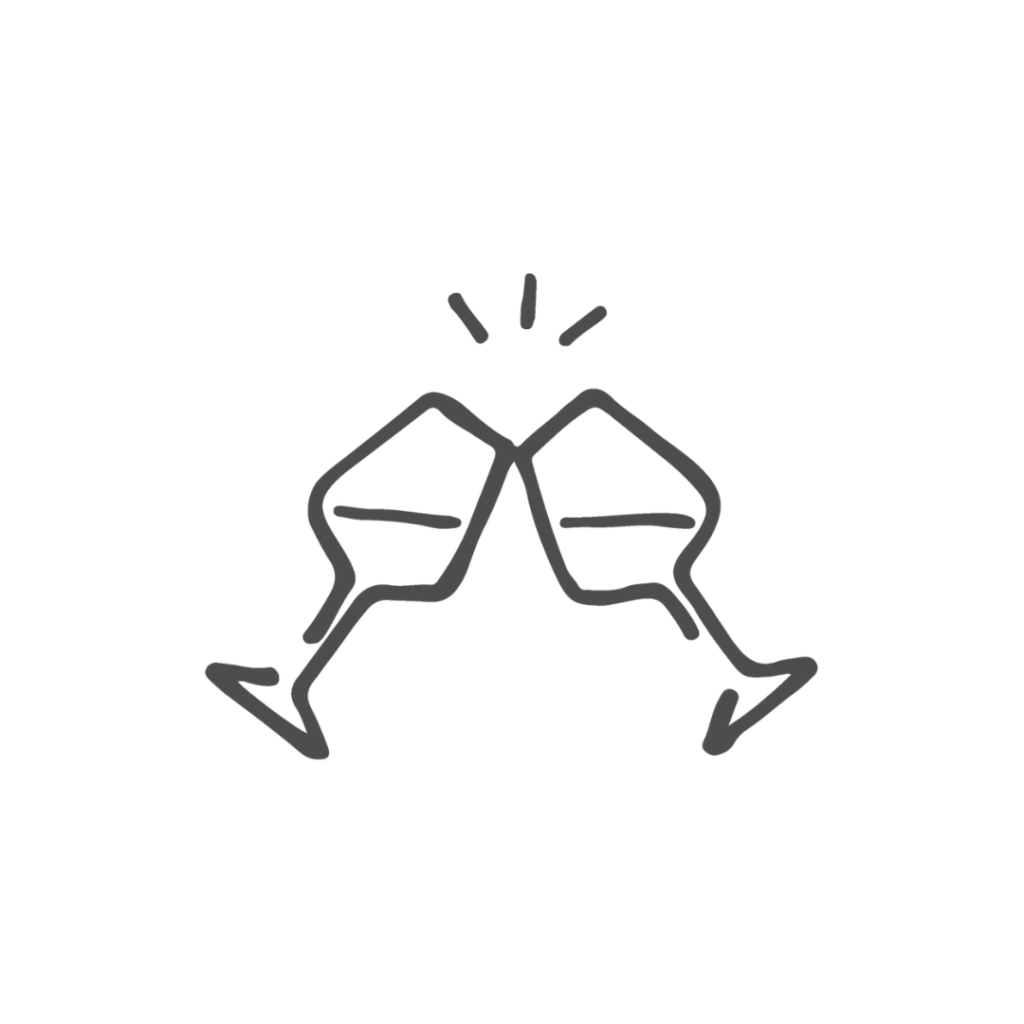
The mother rock of our vineyard soil is the Hollenburg-Karlstetten Conglomerate – consisting of gravel and single layers of marl (Ried Brunndoppel & Pletzengraben). Much of the conglomerate on the lower slopes and down towards the valley is covered in loess (Ried Hochschopf, Gaisruck & Rosengarten). The soil fabric makes it difficult for the roots of the vines to access underground water reserves.

The sand and debris in the gravel is predominantly limestone. Over millions of years, it has solidified into a cemented conglomerate that runs along the western slopes of the Traisental from south to north to form the backbone of the winegrowing region. A number of layers were deposited here, too – clay, silt, marl, sand, sandstone and often loess of varying thickness. The soils on top of the gravelly conglomerate are also full of limestone. They have a high proportion of coarse particles and are mostly shallower and sparser than in the Leitha Range, where the vines stand on fine, sandy/chalky weathered limestone composed of algae, coral and marine creatures. The chemical composition is also different because the conglomerate contains debris from other rocks such as flysch sandstone, which is not native to the
Leitha Range.

All of these components contribute to the intensely
mineral expression of Traisental wines, which can be savoured in their precise, focused and finely honed aromas. The limestone results in wines with a smooth yet tightly supported structure, which explains why they tend to develop a little more slowly but have an extremely good ageing potential.


